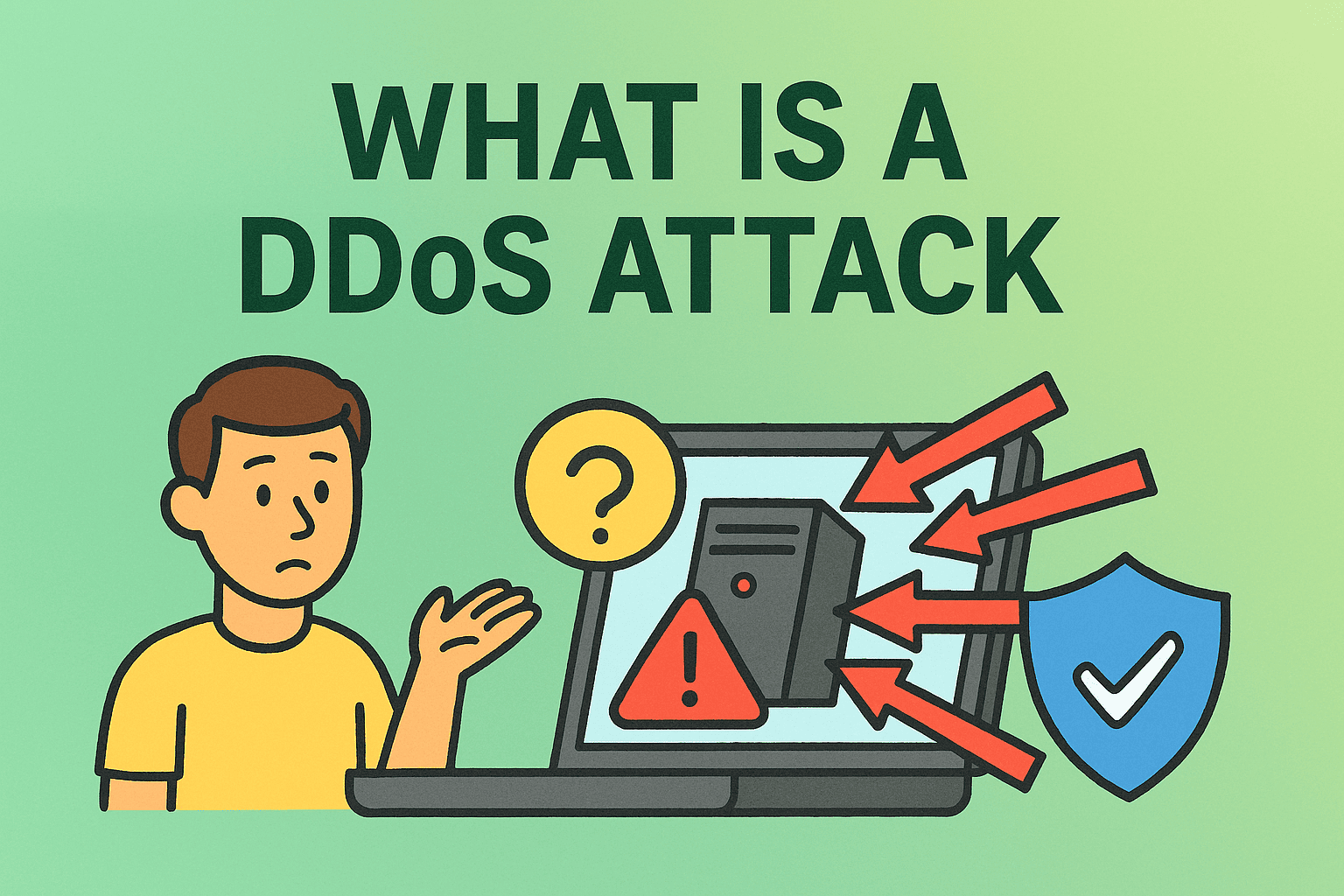Why File Renaming Matters in Linux Environments
Updated on June 26, 2025, by ITarian

Managing files effectively is fundamental to secure, reliable IT operations. Whether you’re maintaining logs, rotating backups, or automating system tasks, understanding how to rename a file in Linux is critical for smooth workflows.
In fast-moving IT environments, where every second counts, efficient file handling—especially from the terminal—can greatly impact productivity, security monitoring, and automated systems. This guide is designed to help cybersecurity experts, IT managers, system admins, and tech leaders confidently use the Linux rename command, the mv command in Linux, and other best practices to manage filenames efficiently and securely.
The Basics: How to Rename a File in Linux
Renaming a file in Linux may seem simple, but depending on your use case—single file vs. bulk renaming, manual vs. automated, interactive vs. scripted—the method you choose matters.
Using the mv Command (Most Common Method)
The most straightforward way to rename a file in Linux is by using the mv (move) command.
Syntax:
bash
CopyEdit
mv old_filename new_filename
Example:
bash
CopyEdit
mv report.log report_backup.log
This moves the file to a new name in the same directory, effectively renaming it.
✅ Pros:
- Pre-installed on all distributions
- Fast and simple
⚠️ Watch Out:
- Overwrites new_filename if it already exists (unless using the -i flag)
Understanding the mv Command in Linux
The mv command isn’t just for renaming files—it also moves them across directories. However, when used within the same directory with a different filename, it’s a renaming tool.
Common Flags:
- -i (interactive): Prompts before overwrite
- -v (verbose): Shows what’s happening
Example with flags:
bash
CopyEdit
mv -iv old.log new.log
This will prompt you before overwriting new.log and give visual feedback.
Advanced Renaming: Using the Linux rename Command
For bulk or pattern-based renaming, the rename command is your best ally.
Perl-Based rename (most common on Debian/Ubuntu):
Syntax:
bash
CopyEdit
rename ‘s/old/new/’ *.txt
Example:
bash
CopyEdit
rename ‘s/.log/.bak/’ *.log
This renames all .log files to .bak.
Rename with Regex Power:
You can do far more with regular expressions:
- Add timestamps
- Replace spaces with underscores
- Convert lowercase to uppercase filenames
Example:
bash
CopyEdit
rename ‘y/A-Z/a-z/’ *
Converts all filenames to lowercase.
Batch Renaming with rename vs. Shell Scripting
If rename isn’t available or doesn’t fit your use case, a for loop in bash can also help rename multiple files.
Example: Rename .log to .bak using a loop:
bash
CopyEdit
for file in *.log; do
mv “$file” “${file%.log}.bak”
done
This method gives full control and works across all distributions.
How to Change File Name in Linux Terminal (GUI Alternatives Too)
While terminal is preferred for automation and scripting, GUI-based methods are available too.
Command-Line:
- mv for single files
- rename or bash scripts for bulk
GUI (if using GNOME, KDE, etc.):
- Right-click the file → “Rename”
- Bulk renaming often requires plugins or apps (like pyRenamer, Thunar, or KRename)
Security Tips When Renaming Files on Linux
When handling files in a secure environment, renaming isn’t just cosmetic—it impacts:
- Log integrity: Time-stamping rotated logs helps during forensic investigations.
- File access control: Make sure renaming doesn’t break permission tracking or scripts.
- Audit readiness: Maintain structured naming conventions (e.g., event_YYYYMMDD.log)
Best Practices:
- Use consistent naming conventions
- Avoid spaces in filenames (use underscores or dashes)
- Sanitize inputs in scripts to avoid command injection
Pro Tips for Cybersecurity and IT Managers
- Set up log rotation tools (e.g., logrotate) to automate file renaming and archiving
- Use inotify or auditd to monitor filename changes in sensitive directories
- Regularly script backups that involve intelligent file renaming based on datetime stamps
Frequently Asked Questions (FAQ)
1. Can I rename a file without moving it?
Yes, using mv old new in the same directory changes the filename without changing location.
2. How can I rename multiple files at once?
Use the rename command or a bash for loop for bulk renaming tasks.
3. Why is my rename command not working?
Some distros use different versions of rename. Try rename –version or install the Perl-based one via sudo apt install rename.
4. How do I change a filename in Linux without terminal?
Right-click the file in your file manager and choose “Rename.” For bulk renaming, use tools like KRename or pyRenamer.
5. Is renaming files safe in production?
Yes—if done carefully. Always backup critical data and ensure no services rely on the old filenames.
Final Thoughts
Knowing how to rename a file in Linux is more than a basic command-line trick. It’s a foundational skill for managing systems securely, automating operations, and maintaining audit readiness in professional environments.
From the simplicity of the mv command in Linux to the flexibility of the Linux rename command, you now have the tools to handle any file renaming task—whether you’re rotating logs, renaming configs, or organizing backups.
Ready to Streamline and Secure Your Linux Operations?
Empower your IT team with end-to-end security, automation, and visibility using Itarian’s unified IT management platform.














